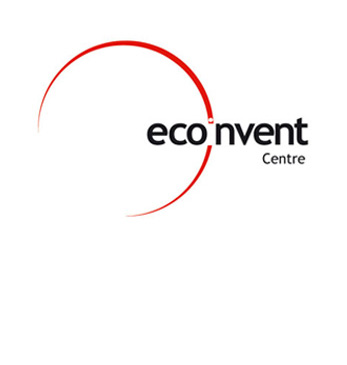
ecoinvent
ecoinvent is a large database for environmental data (inputs and outputs of materials, substances and energy) on dozens of thousands of processes and products. From cradle to gate, from raw materials to transport steps, production processes, the use stage and the end of life.
The first version was developed in 2003 by the Swiss Federal Material Testing and Research Institute - EMPA, in partnership with several Swiss governmental institutes.
The second version was launched in 2007, already by the ecoinvent Center, establishing itself as the largest library of LCIs in the world, with over 2700 inventories
In 2013 ecoinvent 3 was launched, containing almost 10,000 inventories among attributional and consequential approaches. This large number is increasing more and more in each new release.
In the new ecoinvent 3, sectors such as Agriculture, Biofuels, Chemicals, Transportation, Cement, Aluminum and Waste treatment have received updates and new inventories. Products no longer produced or with obsolete technologies were excluded.
The new version maintained the "System Process - S" and "Unit Process - U" approaches, also adding variations of the "Attributional" concept (similar to what was being used in previous versions) and the "Consequential" concept (exclusion of allocation using system boundaries expansion and incorporating avoided impacts by co-products generation). Now there are attributional (identified as "APOS" or "Cut-off" versions) and consequential (identified as "Conseq") datatsets, available as "System Process" and "Unit Process" inventories.
New classifications for inventories have also been created: Transformation and Market. In transformation processes, inputs differ from the outputs, that is, inputs are converted into outputs. In this case, there is no transport accounting. In the Market processes, the inputs are the same as the outputs, that is, there are no transformations of the inputs. Inventories are built according to the composition of the market (similar to the "Production Mix" of the version 2). In this case, there is the accounting of transport and production mix.
Waste treatment activities are now modeled with a negative number on "known inputs to the technosphere (material/fuel)" and no longer with a positive number in "known outputs to the technosphere. Emissions and waste for treatment ".
Regarding uncertainty, ecoinvent 3 now supports, in addition to the Normal, Lognormal, Triangular and Uniform distributions, the Beta, Gamma and Binomial distributions.
